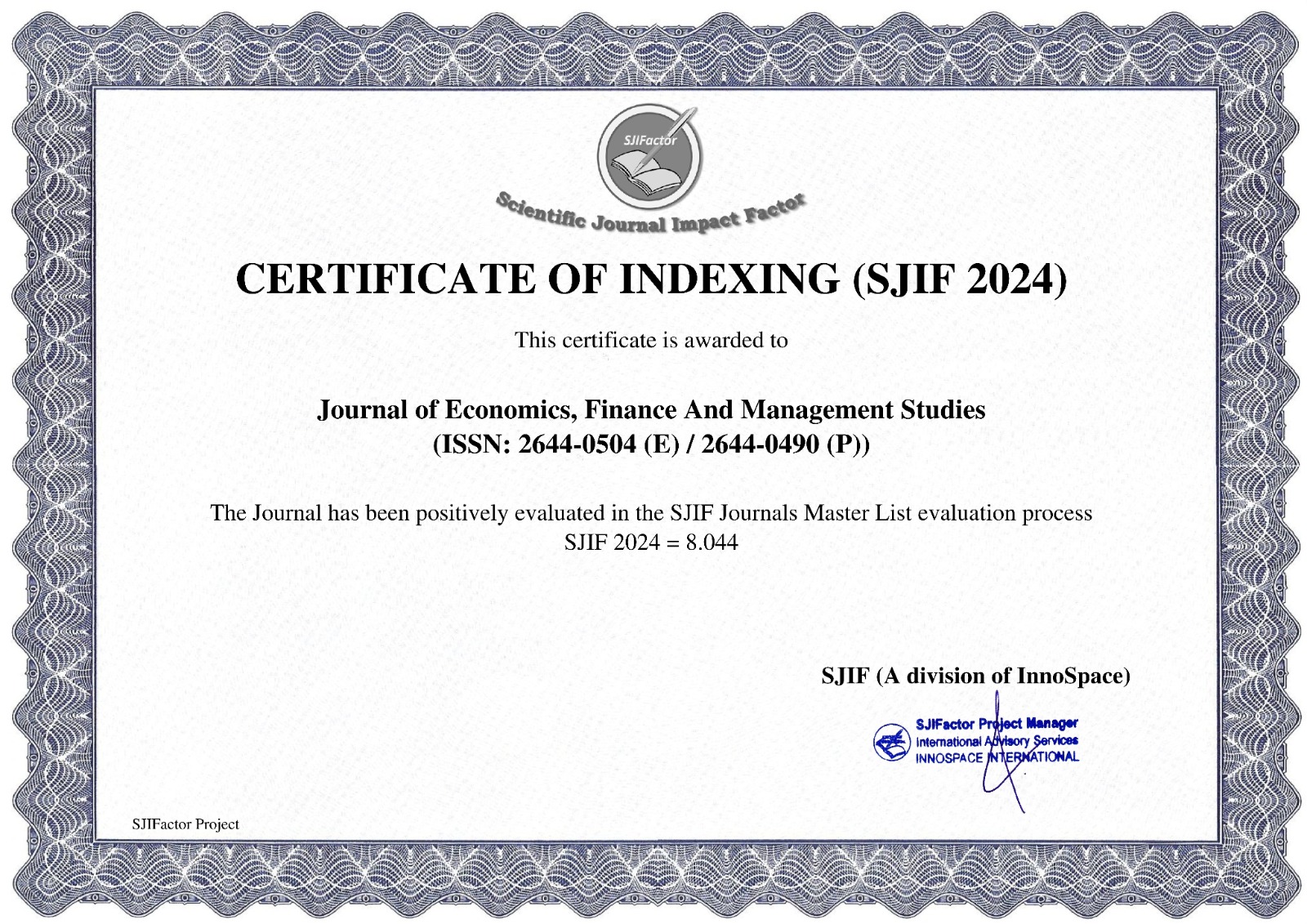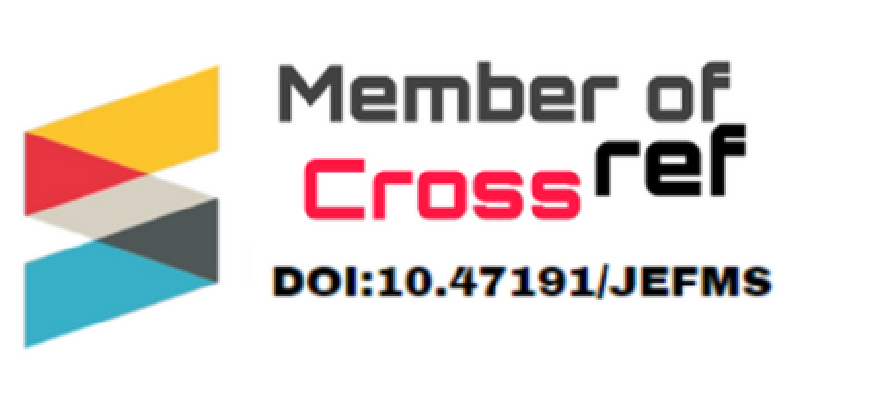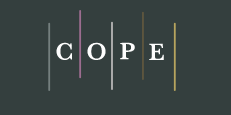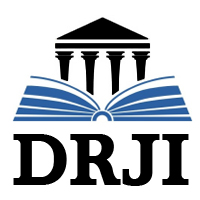The Problematic of Banking Governance in Cameroon: What Model for Appropriate Financing?
1ONGONO AMOGO Tobie Nicaise, 2DADEM KEMGOU Edouard Guilaire, 3MVOGO Jean
1University of Dschang, Cameroun, Faculty of Economics and Management Sciences. Accounting and finance department
2University of Bamenda, Cameroon. Faculty of Economics and Management Sciences. Department of Banking and Finance
3Université de Dschang, Cameroun, Faculté des Sciences Economiques et de Gestion, Département : Finance et comptabilité
https://doi.org/10.47191/jefms/v8-i1-70
ABSTRACT:
This article aims to examine the problems that litter banking governance in order to propose a model capable of boosting financing. Our area of investigation is Cameroon. Our methodological approach is qualitative. It lies in carrying out semi-structured interviews with branch heads and customers of the banks surveyed. Our sample concerns three banks with majority national capital operating in Cameroon. The data is processed using the thematic content approach. Our results show that the perverse effects of prudential regulation, information asymmetry, credit rationing, opacity and the tendency to short-term credit are factors that hinder bank financing. Our study proposes the development of a hybrid governance model capable of boosting bank financing.
KEYWORDS:
banking, bank financing, banking governance
REFERENCES:
1) ADAMS C., HILL W.Y., ROBERTS C. (1998), «Coporate Social Reporting practices in Western Europe: Legitimating corporate behaviour? », British Accounting Reviews, n°30, p. 1-21
2) AKERLOF G. (1970), « The Market for Lemons: Quality Uncertainty and the Market Mechanism », Quarterly Journal of Economics, vol. 84, pp. 488-500.
3) AVOM D. et BOBBO A. (2018), « Réglementation de l’Industrie Bancaire et Exclusion Financière dans la CEMAC », Afrique Contemporaine, vol. 2, pp.175-190.
4) BARDIN L. (1998), « L’Analyse de Contenu », Presses Universitaires de France, 9ème (Eds.), Paris.
5) BECK T., CULL R. et JEROME A. (2005), « Bank Privatization and Performance: Empirical Evidence from Nigeria», Journal of Banking and Finance, vol. 29, pp. 2355-2379.
6) BEKOLO C. et ONOMO C. (2008), « Proximité Marketing et Offre de Crédit dans les Institutions de Microfinance : Un Essai d’Explication du Rationnement du Crédit aux Microentrepreneurs », Revue Gestion 2000, vol.25, pp. 49-66.
7) BLANCHET A. et GOTMAN A. (1992), « L’Enquête et ses Méthodes, l’Entretien », Nathan, Paris.
8) CAPRON M. et QUAIREL-LANOIZELÉE, F. (2015), L’Entreprise dans la Société, une Question Politique, La Découverte, Paris.
9) CLAESSENS S., DEMIRGÜC-KUNT A.et HUIZINGA H. (2001), « How Does Foreign Entry Affect Domestic Banking Markets? », Journal of Banking and Finance, vol. 25, pp. 891-991.
10) COBAC (2023). Situation du système bancaire de la CEMAC, 173 pages.
11) DEMIRGÜÇ-KUNT A.et HUIZINGA, H. (2004), « Determinants of Commercial Bank Interest Margins and Profitability: Some International Evidence », World Bank Economic Review, vol.13, pp. 379-408.
12) DERMIGUC-KUNT, A. ET KLAPPER, L. (2012). Measuring Financial Inclusion. The Global Findex Database. World Bank Policy, Research Working Paper, n°6025
13) DEWATRIPONT M., TIROLE J. (1994), the prudential Regulation of Banks, Cambridge, MA. MIT Pres
14) DIAMOND D. W.et DYBVIG P. H. (1986), « Banking Theory, Deposit Insurance and Bank Regulation », Journal of Business, vol. 59, pp. 53-68.
15) DIONE L. (2009), « Analyser et Comprendre le Phénomène de la Collaboration entre Enseignants par la Théorie Enracinée : Regard Epistémologique et Méthodologique », Recherches Qualitative, vol.8, pp. 76-105.
16) Ezé-Ezé D. (2001). « La structure bancaire dans le processus de financement de l’économie camerounaise ». Afrique en Développement, pp.1-26.
17) FONTANA A. et FREY J. H. (2000), «The Interview: From Structured Questions to Negociated text », In. N.K. Denzin and Y.S. Lincoln (Ed.), Handbook of Qualitative Research, Sage Publications, Thousand Oaks, California.
18) GUIGOU, J-D. ET VILANOVA, L. (1999). « Les vertus du financement bancaire : fondements et limites », Finance-Contrôle-Stratégie, Vol.2, n°2, 97-133.
19) GRAWITZ M. (1996), Méthodes des Sciences Sociales, Dalloz, 10 ème Edition, Paris.
20) HENRY A. (1991), « Vers un Modèle du Management Africain », Cahiers d’Etudes Africaines, vol.31, pp. 447-473.
21) HOFSTEDE G. (1980), Culture’s Consequences: International Differences, in Work Related Values. Sage Publications, Beverly Hills.
22) HUBERMAN A. et MILES M. (1991), Analyse des Données Qualitatives - Recueil de Nouvelles Méthodes, Bruxelles : De Boeck Université.
23) HUGON P. (2007), « Rentabilité du Secteur Bancaire et Défaillances du Financement du Développement : le cas de la CEMAC », Revue Tiers Monde, vol. 192, pp. 771-788.
24) KAUFMANN J.C. (1996), « L’Entretien Compréhensif », Nathan, Paris.
25) LEFILLEUR, J. (2008). Comment améliorer l'accès au financement pour les PME d'Afrique subsaharienne. Afrique Contemporaine, 3 (227), 153-174.
26) LEVINE R. (1996), «Foreign banks, financial development, and economic growth» In International Financial Markets: Harmonization versus Competition, ed., Claude E. Barfield, Washington, D.C. The AEI Press. In: Claude EB, (Ed). International Financial Markets, Washington, DC: AEI Press.
27) LEWIS, K. M. (1992), «Modern banking in theory and practice », Revue Économique, vol. 43, n° 2, p. 203-227.
28) MACEY J. R., O’HARA M. (2003), «The corporate governance of banks », Economic Policy Review, vol. 9, n° 1, p. 91-107.
29) MBAMA, P. C. (2022). « Dérives de la relation financière et faible financement relationnel des entreprises : une conséquence de l’indigence d’une relation authentique ». Revue Congolaise de Gestion, Vol. 2, Numéro 34, 15-57.
30) MERTON R. C. (1977), «An analytic derivation of the cost of deposit insurance and loan guarantees», Journal of Banking and Finance, vol. 1, n° 2, p. 3-11
31) MEYER L. (1998), « The Present and Future Roles of Banks in Small Business Finance », Journal of Banking and Finance, vol.22, pp. 1109-1116.
32) MFELAM, J.R (2023), « Perception de la politique de crédit de la banque filiale par ses parties prenantes : quelle conséquence en matière de réforme organisationnelle ? » Revue Management et Innovation, n° 9, pp. 130-145.
33) NDJANYOU, L. (2001). Risque, l’Incertitude et Financement Bancaire de la PME camerounaise : l’exigence d’une analyse spécifique du risque. Cahier de Recherche CERAF, Université de Dschang, 2
34) NGONGANG, T. D. D. (2022). Rapport sur l’analyse du marché bancaire camerounais, 20 pages
35) ROMAN, B. ET CHIBOZO ROMAN, A. (2017), Transformer la banque et les stratégies bancaires à l’ère digital. Dunod.
36) STIGLITZ J.et WEISS A. (1981), « Credit Rationing in Markets with Imperfect Information », The American Economic review, vol. 71, pp. 93-410.
37) TAMBA I. et DJINE T.L. (1995), « De la Crise à la Réforme des Institutions Bancaires Africaines : le Cas du Cameroun », Revue Tiers Monde, vol. 144, pp. 813-835.
38) VUERINGS R. (1964), « Problème de Gestion d’Entreprise en Pays Sous-développés : La Reconversion de l’Entreprise Privée en Afrique Noire Indépendante», Management International, vol. 4, pp. 93-104.
39) TCHAKOUNTE NJODA, M. ET BITA, C. A. (2009) « La réforme du système bancaire camerounais ». Revue Africaine de l’Intégration, Vol.3, pp.99-162.
40) VIAL V. et PREVOT F. (2013), « Effet de la Corruption sur la Survie des Filiales de Multinationales dans un Pays Emergent : Cas de l’Indonésie », Management International, vol.18, pp. 58-72.
41) WAMBA H. (2001), « La Gestion Bancaire en Afrique Centrale à l’heure des Grandes Mutations : Bilan et Perspectives », Gestion 2000, vol. 28, pp. 11-140.
















